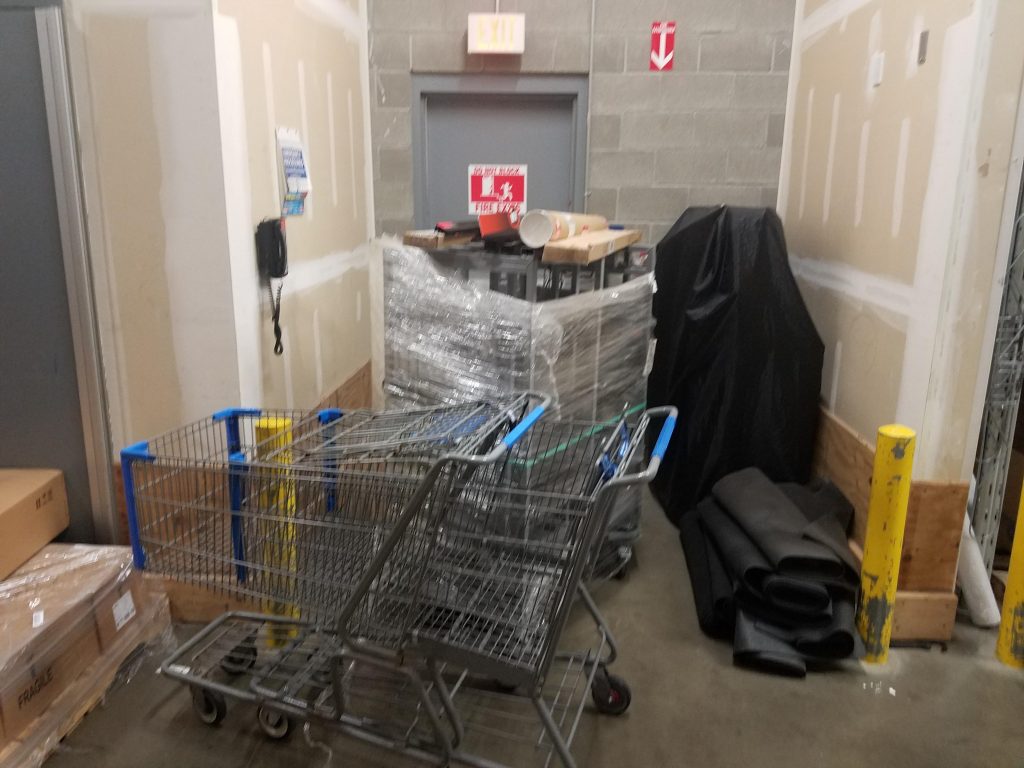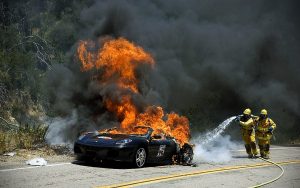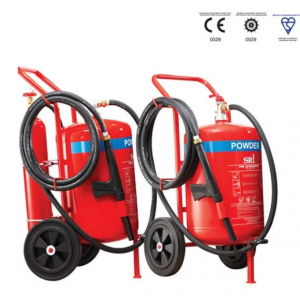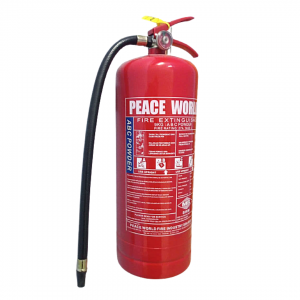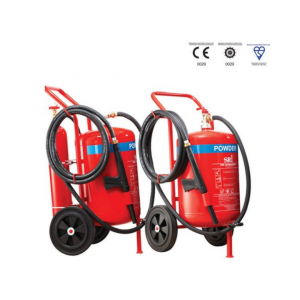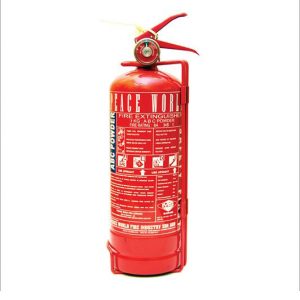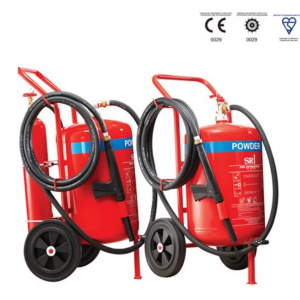Emergency exits are an essential part of building safety, providing a means of escape in the event of a fire or other emergency. However, emergency exits are often blocked by furniture, equipment, or other items, which can be dangerous in the event of an emergency. This article explores why emergency exits should never be blocked and highlights lessons from fire incidents around the world, including Malaysia.
The Importance of Unblocked Emergency Exits
Unblocked emergency exits are critical for ensuring the safety of building occupants in the event of a fire or other emergency. They provide a clear and direct path to safety and can help prevent injuries and fatalities.
When emergency exits are blocked, it can make it difficult or impossible for people to escape quickly and safely in the event of an emergency. Blocked exits can cause panic, confusion, and overcrowding, leading to injuries and fatalities. Additionally, blocked exits can make it difficult for firefighters and other emergency responders to access the building and extinguish the fire, further endangering the occupants.
Lessons from Fire Incidents
There have been many fire incidents around the world where blocked emergency exits have contributed to injuries and fatalities. Here are a few examples:
1. Grenfell Tower Fire, London, UK (2017): The Grenfell Tower fire resulted in 72 fatalities and was one of the deadliest fires in UK history. The emergency exits were blocked, and the building did not have sprinklers or other fire safety features.
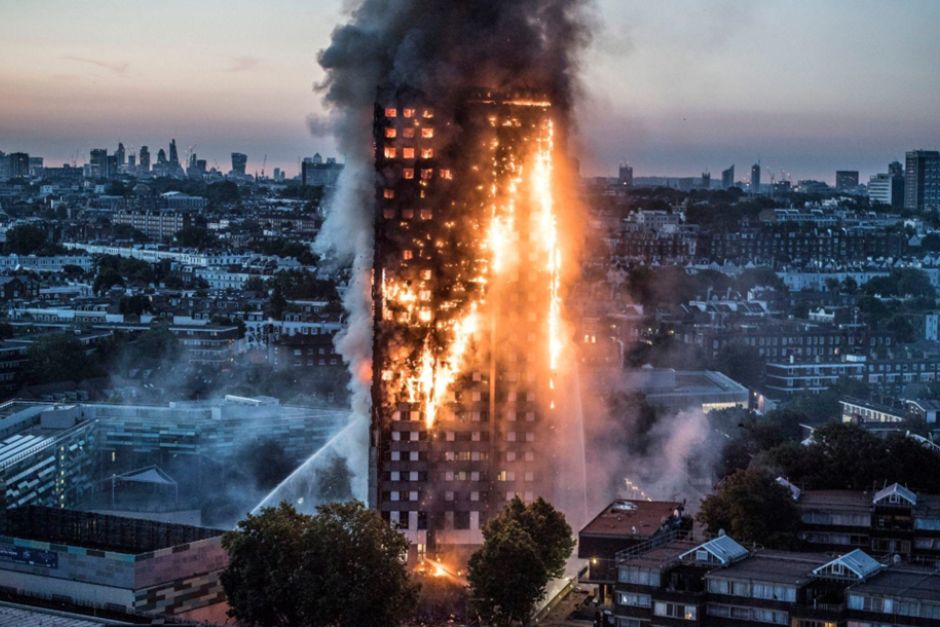
2. KyoAni Studio Fire, Kyoto, Japan (2019): The KyoAni Studio fire resulted in 36 fatalities and was one of the deadliest fires in Japan in decades. The emergency exits were blocked, preventing people from escaping quickly.
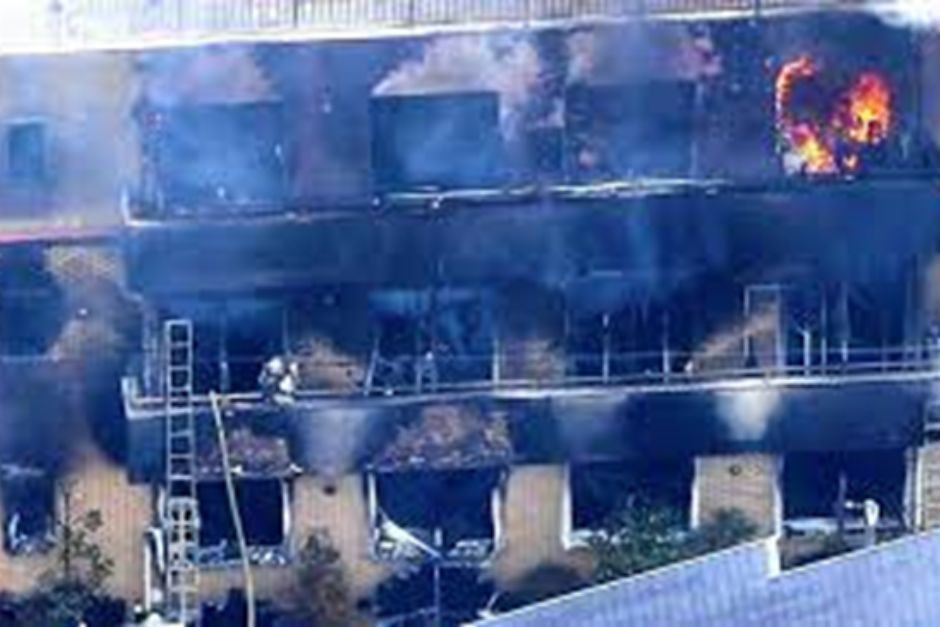
3. Darul Quran Ittifaqiyah Fire, Kuala Lumpur, Malaysia (2017): The Darul Quran Ittifaqiyah fire resulted in 23 fatalities, most of them students. The emergency exit was blocked, and the building did not have proper fire safety features.
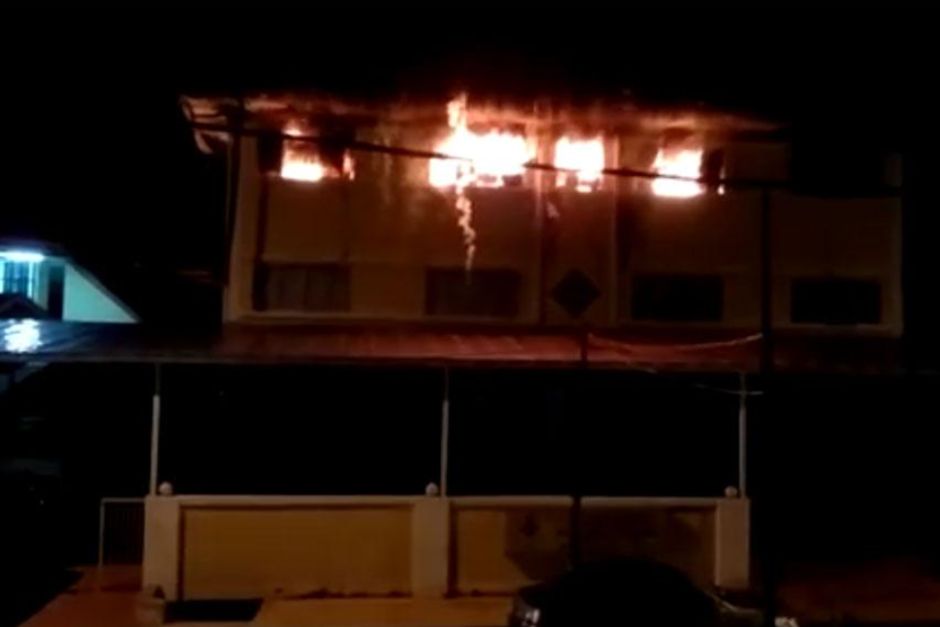
These incidents highlight the importance of unblocked emergency exits and the need for adequate fire safety features in buildings. In all of these cases, blocked emergency exits contributed to the high number of fatalities and injuries.
The Importance of Fire Safety Regulations
To prevent fire incidents and ensure the safety of building occupants, governments and regulatory bodies around the world have established fire safety regulations. These regulations mandate the installation of fire safety features, such as sprinkler systems, smoke detectors, and unblocked emergency exits, and require regular inspections to ensure compliance.
In Malaysia, the Uniform Building By-Laws (UBBL) 1984 sets out the minimum requirements for fire safety in buildings. The regulations require buildings to have unblocked emergency exits, fire extinguishers, and smoke detectors, among other fire safety features. Building owners are also required to conduct regular fire drills and inspections to ensure compliance.
Conclusion
Emergency exits are critical for ensuring the safety of building occupants in the event of a fire or other emergency. Blocking emergency exits can cause injuries and fatalities and can make it difficult for firefighters and emergency responders to access the building. Lessons from fire incidents around the world, including Malaysia, highlight the importance of unblocked emergency exits and the need for adequate fire safety features in buildings. Governments and regulatory bodies have established fire safety regulations to prevent fire incidents and ensure the safety of building occupants. By following these regulations and ensuring that emergency exits are never blocked, we can help prevent injuries and fatalities in the event of a fire or other emergency.

